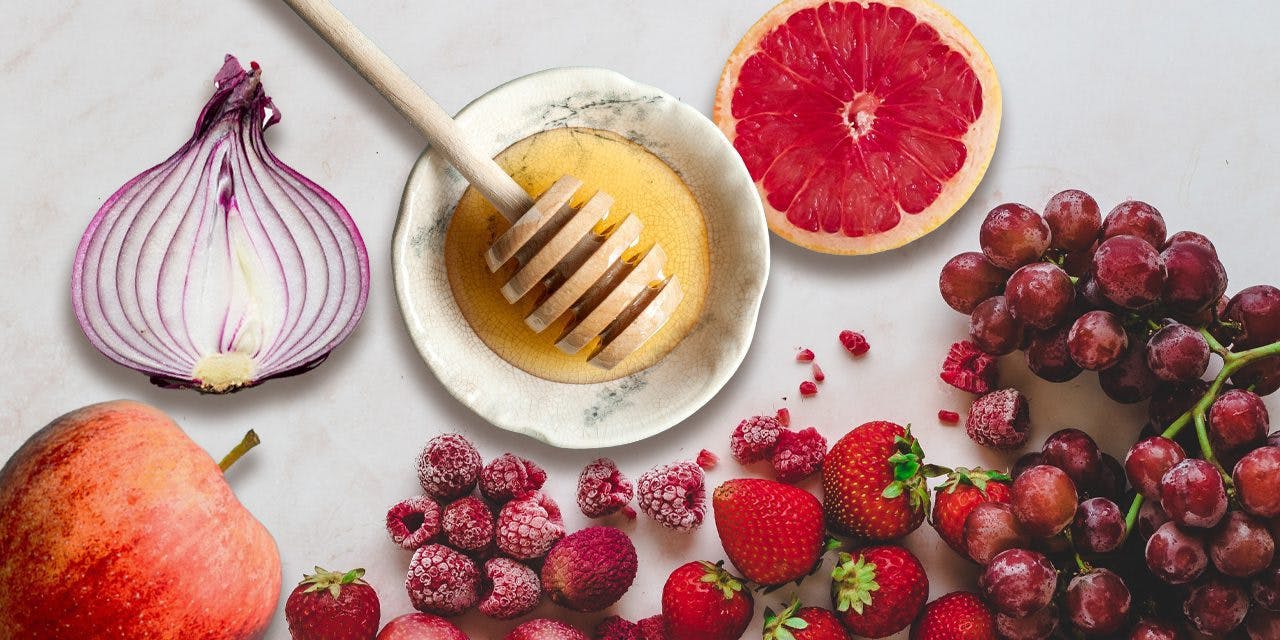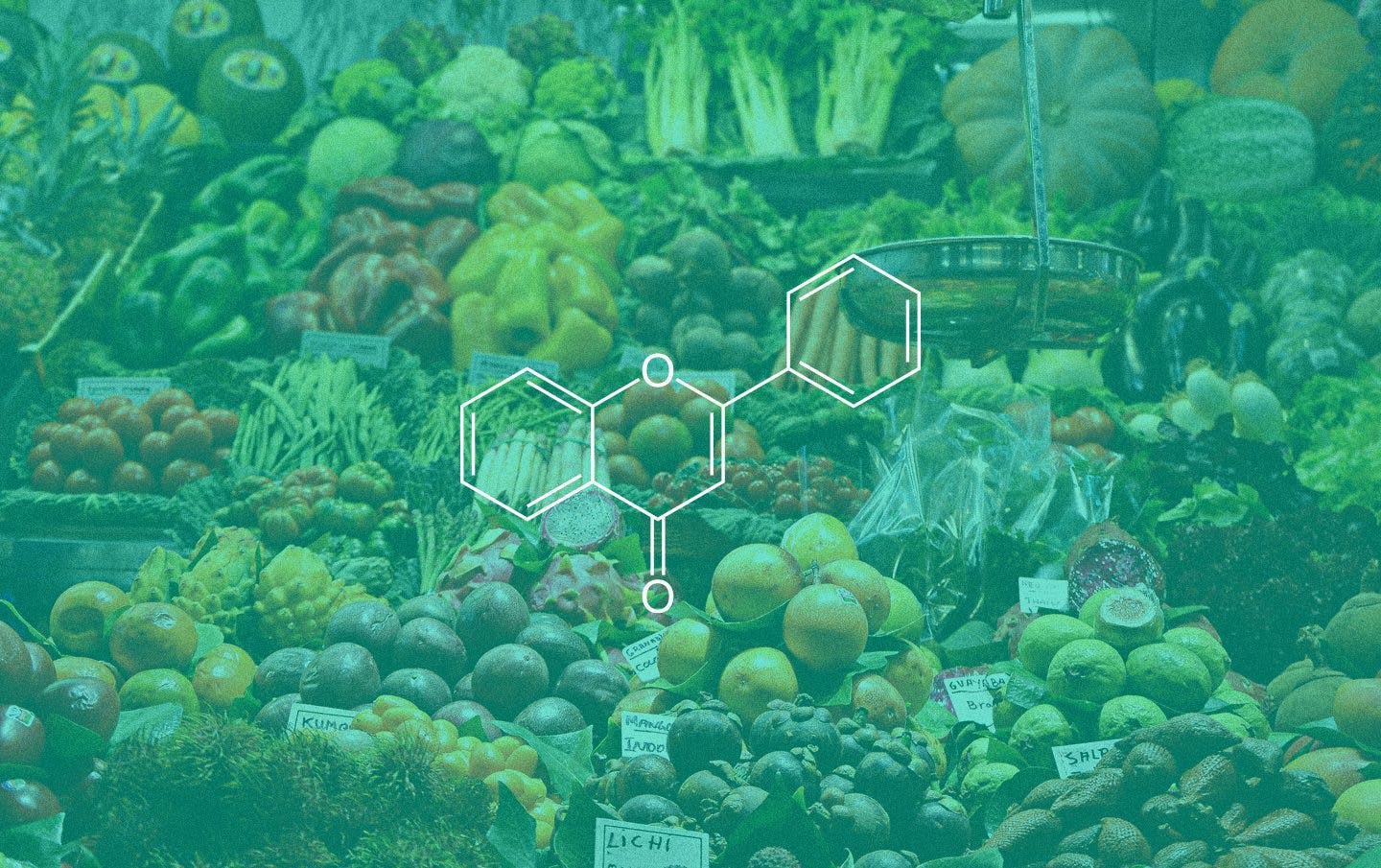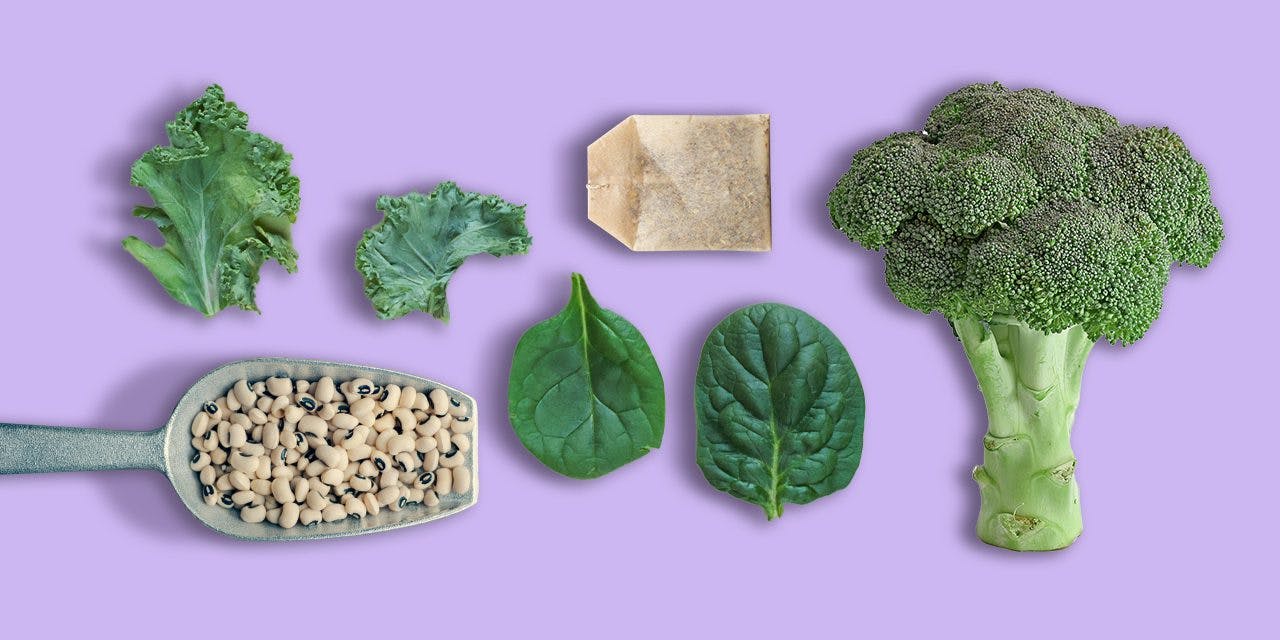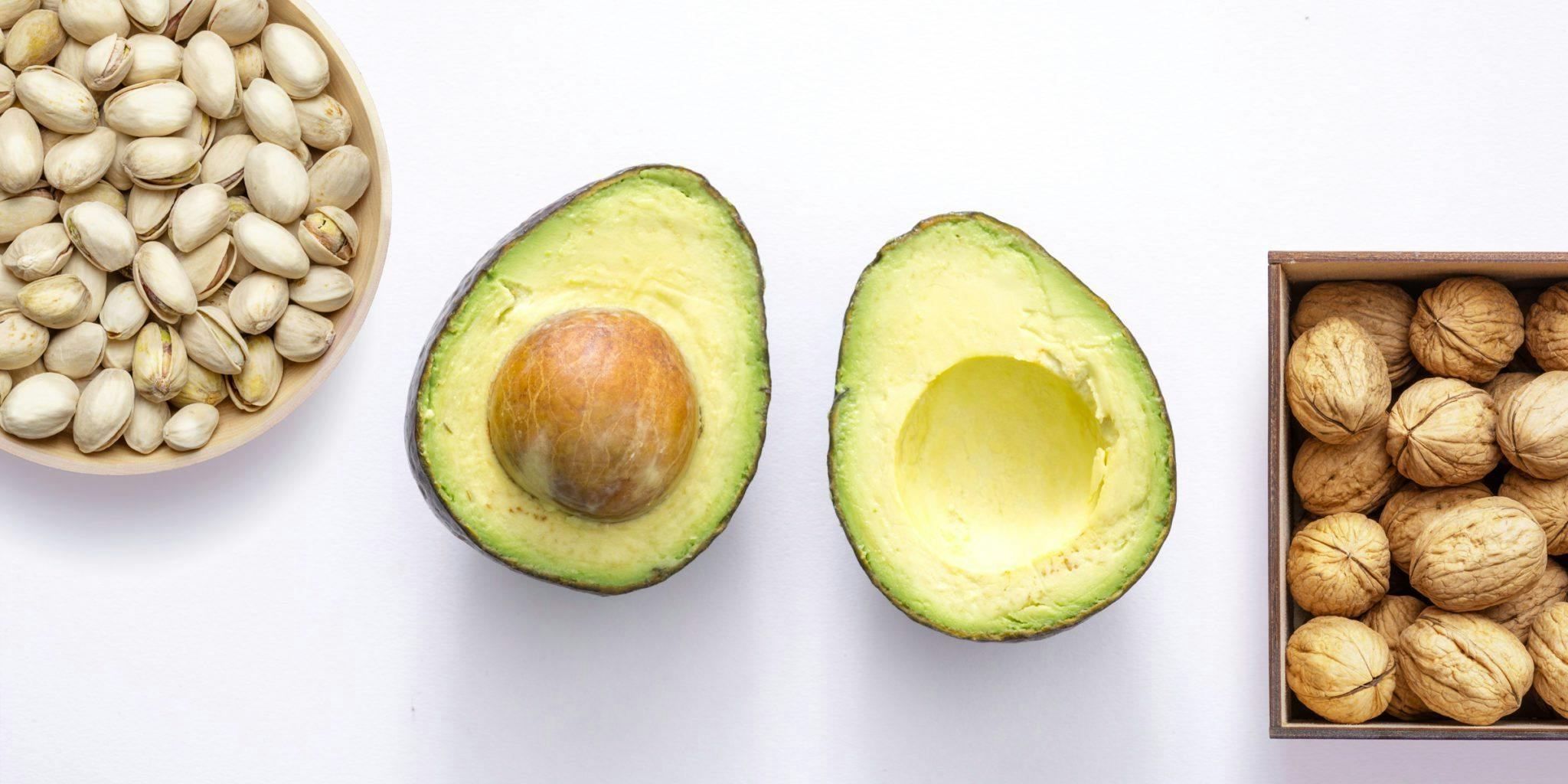What Is Quercetin? Benefits of the Flavonoid in Cannabis

Article written by

Dipak HemrajHead of Research and Education
Content reviewed by

Dr. Lewis JasseyMedical Director - Pediatric Medicine
Quercetin is a yellow plant flavonol (a sub-group of the flavonoid group of polyphenols). As with other flavonoids, quercetin is found widely in fruits, vegetables, and other plants, including the cannabis (Cannabis sativa) plant. Quercetin is essential for giving plants their colors and flavors. Quercetin may help reduce swelling, control blood sugar levels and kill cancer cells.
Get your medical marijuana card
Connect with a licensed physician online in minutes.
What Is Quercetin?
Quercetin is the most abundant flavonoid in the human diet. As well as being naturally found in plant foods, it’s also commonly used as a dietary supplement and is found in some beverages, such as black tea and red wine. Food sources that contain quercetin include apples, red grapes, onions, berries, honey, green leafy vegetables, and citrus fruits.
Quercetin has several important properties, most notably an antioxidant, and an anti-inflammatory agent. It is also believed to be protective against high blood pressure, cardiovascular diseases, and viral infections.
How Quercetin Works in Cannabis
Quercetin is mainly found in the skins and leaves of plants, which is true of its presence in the cannabis plant. It contributes to a plant’s appearance in several ways, and it also contributes to the unique taste, smell, and color of different strains of cannabis.
Flavonoids such as quercetin have several other important roles in plants. These include:
- seed germination and development
- antioxidant machinery, which acts as a defense mechanism for the plant and gives it tolerance against environmental stresses
- photosynthesis
- induction of plant growth and development
In the cannabis plant, quercetin is also believed to interact with other components, such as phytocannabinoids, via the entourage effect. This describes the synergistic effects plant components have with one another. For example, quercetin enhances the activity of phytocannabinoids.
Health Benefits and Uses
Generally, high doses of quercetin (approximately 50 mg to 100 mg per day) have the greatest benefits. This is more than what a typical person would eat in a day, with some studies suggesting people ingest around 16 mg each day from food.
Despite this, numerous studies show quercetin has several health benefits, and some people choose to take quercetin supplements to boost their intake. Following a diet, rich in fruit and vegetables can also help improve intake of quercetin (and flavonoids in general).
Antioxidant behavior
Quercetin has been shown to have powerful antioxidant properties. To put this into perspective, studies suggest it could be a better antioxidant than vitamins C and E, two potent antioxidants.
As an antioxidant, quercetin protects our body from unstable molecules known as free radicals. Free radicals cause oxidative stress, which is when too many of these unstable molecules are compared to antioxidants. This can cause cell damage, speed up aging, and lead to chronic diseases like cancers, high blood pressure, vascular diseases, and metabolic disorders.
The structure of antioxidants such as quercetin allows them to donate electrons to these free radicals, stabilizing them and protecting against oxidative stress.
Anti-inflammatory effects
Evidence shows that quercetin is an anti-inflammatory agent. For example, studies using cell lines showed that quercetin inhibits the production of proteins that promote inflammation or produce mediators of inflammation. Some of these include tumor necrosis factor, interleukin 8, and enzymes such as COX.
Furthermore, evidence from animal studies shows that quercetin can inhibit acute and chronic inflammation.
In a clinical trial in women with rheumatoid arthritis, eight weeks of supplementation with 500 mg of quercetin per day improved their symptoms, disease activity, and in a biological marker associated with rheumatoid arthritis inflammation.
It has also been shown that quercetin stabilizes cells that release histamine, preventing its production and release. This is important because histamine induces inflammation.
Protection against cardiovascular diseases
People with a high intake of foods containing flavonoids have been shown to have a lower risk of cardiovascular disease.
Epidemiological evidence has shown that quercetin is protective against several cardiovascular-related problems, such as damage to the heart muscle (cardiotoxicity), heart failure, heart hypertrophy, atherosclerosis, ischemia, and endothelial cell dysfunction.
It is believed that quercetin is protective because it has vasorelaxant properties and antioxidant properties. These attributes can prevent hypertension and cardiac hypertrophy.
This also ties into the anti-inflammatory role of quercetin since inflammation is strongly related to heart disease.
Antihypertensive effects
A study showed that quercetin supplementation (730 mg each day for 28 days) reduced blood pressure in people with high blood pressure (hypertension).
Anticarcinogenic properties
Studies have shown that quercetin treatment can kill cancer cells and fight cancer-related diseases in a multitargeted manner.
It’s also thought that a long-term daily intake of quercetin could prevent some cancers.
Experiments have shown that quercetin kills cancer cells by inducing apoptosis (programmed cell death).
One study looked at nine types of cancerous cells: estrogen-receptor-positive breast cancer cells, colon carcinoma, adenocarcinoma, human prostate cells, lymphoblastic leukemia cells, myeloma cells, ovarian cells, pheochromocytoma cells, and lymphoid Raji cells. All cell lines showed that quercetin induced apoptosis. However, the most beneficial effects were found in the colon carcinoma, prostate, leukemia, and lymphoid Raji cell lines.
Another study carried out in mice with breast cancer cells, and colon carcinoma cells showed that the mice treated with quercetin significantly reduced the volume of their tumors.
Anti-viral properties
In-vitro studies have shown that quercetin could be protective against viral infections.
It is believed to do the following:
- inhibit the initial stages of a viral infection.
- Interact with enzymes called proteases, which are essential for viral replication.
- Reduce inflammation caused by viral replication.
- Inhibit polymerase, reverse transcriptase, and viral capsid proteins.
- Block viruses from entering by interacting with membrane glycoproteins.
Get Your Medical Card
Connect with a licensed physician online in minutes.
Frequently Asked Questions
What does quercetin do for your body?
As an antioxidant, quercetin scavenges unstable molecules in our bodies. These unstable molecules are known as “free radicals,” leading to oxidative stress, which damages cells and can cause inflammatory diseases. However, quercetin stabilizes these molecules so they cannot cause damage. This makes quercetin potentially very useful for conditions like Alzheimer’s disease.
It also reduces inflammation in our body, protecting against chronic inflammatory conditions and cardiovascular disease.
Who should not take quercetin?
- People with kidney disease should avoid quercetin supplements because high doses are linked to kidney damage.
- Pregnant and breastfeeding women are also advised to avoid quercetin supplements.
- Quercetin can also interact with some medications (e.g., antibiotics, especially quinolone). You should talk to a healthcare provider before beginning supplementation with quercetin.
What food has the most quercetin?
Excluding supplements, onions have the most dietary quercetin, with 300 mg of quercetin per kg of onion. Quercetin is highly concentrated in the outermost layers of colored onions. Honey, apples, raspberries, capers, and citrus fruits are also high in quercetin. Foods from the allium genus (shallots, garlic, scallions) tend to be high in quercetin.



